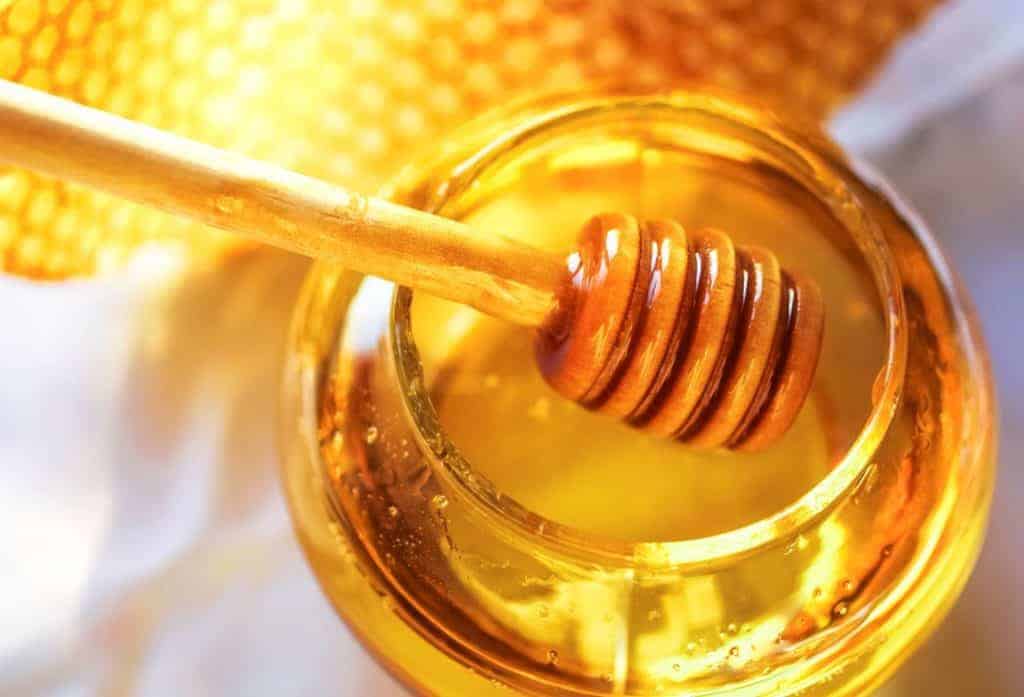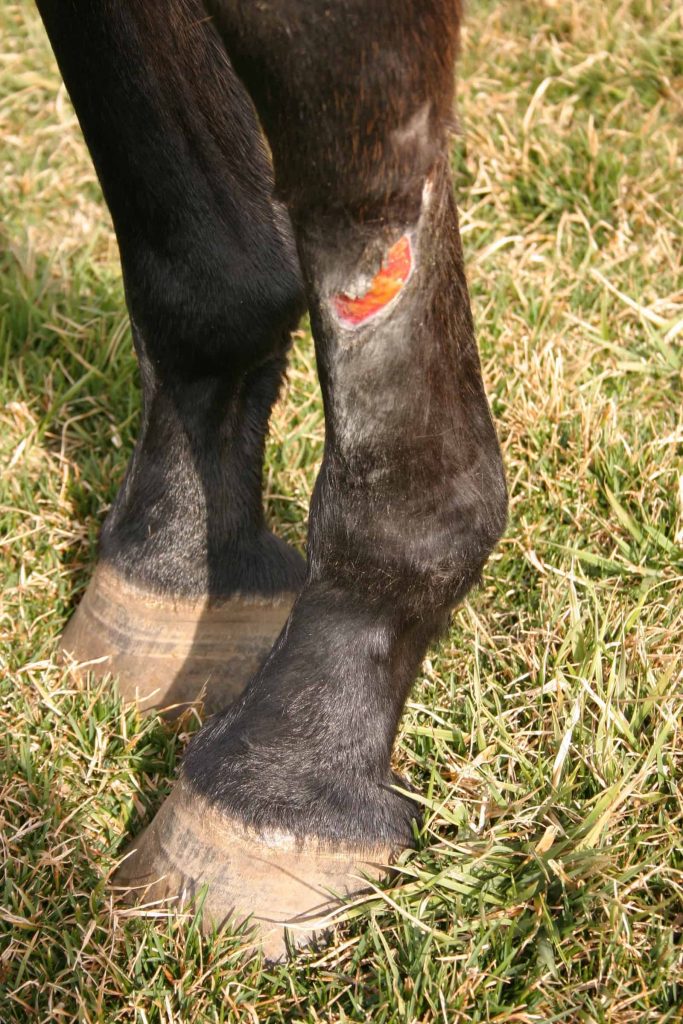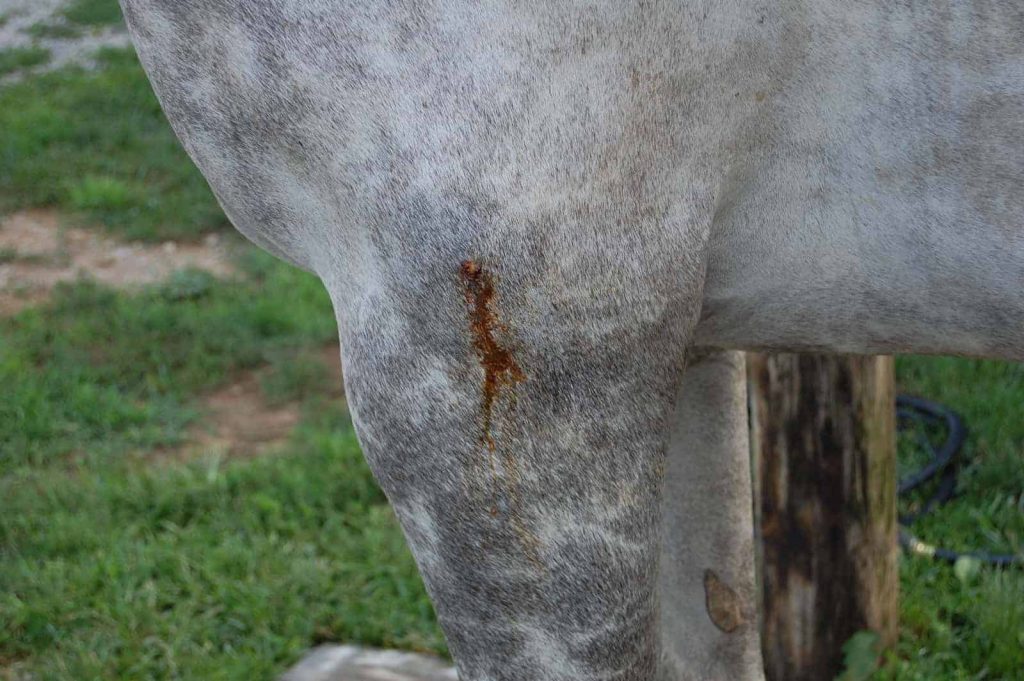
Beneath the Hoof Wall: Soft Tissue Injuries of the Equine Foot
Learn how these injuries happen, how veterinarians treat them, and tips for preventing them in the first place.

Learn how these injuries happen, how veterinarians treat them, and tips for preventing them in the first place.

Scott Anderson, DVM, explains how shock wave therapy can help a suspensory ligament injury heal quickly and successfully.

Soft tissue injuries can occur in any horse. Learn about the injury cascade and how to help horses on the road to recovery.

Fluorescent light energy (FLE) promotes healing and provides antimicrobial activity and anti-inflammatory effects in equine wounds and skin conditions.

This new approach will allow veterinarians to support better wound healing in horses with traumatic wounds.

Scientists say medical-grade honey could be a beneficial secondary treatment option in horses after joint surgery for synovial sepsis, though more research is needed.

Learn about the 4 stages of wound repair and the steps you can take to help your horse’s wounds heal.

When a horse’s healing process gets derailed, wounds can become chronic. Here’s how to prevent complications.

Tendon and ligament injuries are leading causes of poor performance in horses. Learn about different conventional and therapeutic treatment modalities in this visual guide.

Researchers have determined this wound dressing might help encourage better wound healing and reduce proud flesh formation.

They might appear minor on the surface, but puncture wounds can involve dangerous underlying damage and infection. Here’s what you need to know about these injuries.

Speeding up wound healing helped reduce the risk of infections and sepsis in rescue horses with skin wounds.

Learn about the wound healing process and how to prevent and manage proud flesh.

Experts discuss what to do when your horse turns up with knee, hock, fetlock, or other leg joint wounds, and why.

Researchers have discovered a way to make equine amniotic membrane, a treatment option for wound healing, more accessible.

Has your horse come in from the pasture with a laceration on his fetlock or an abrasion on his hip? Learn how to care for many types of equine wounds during Wound Care Awareness Month at TheHorse.com, sponsored by Phovia Equine.
Stay on top of the most recent Horse Health news with
"*" indicates required fields